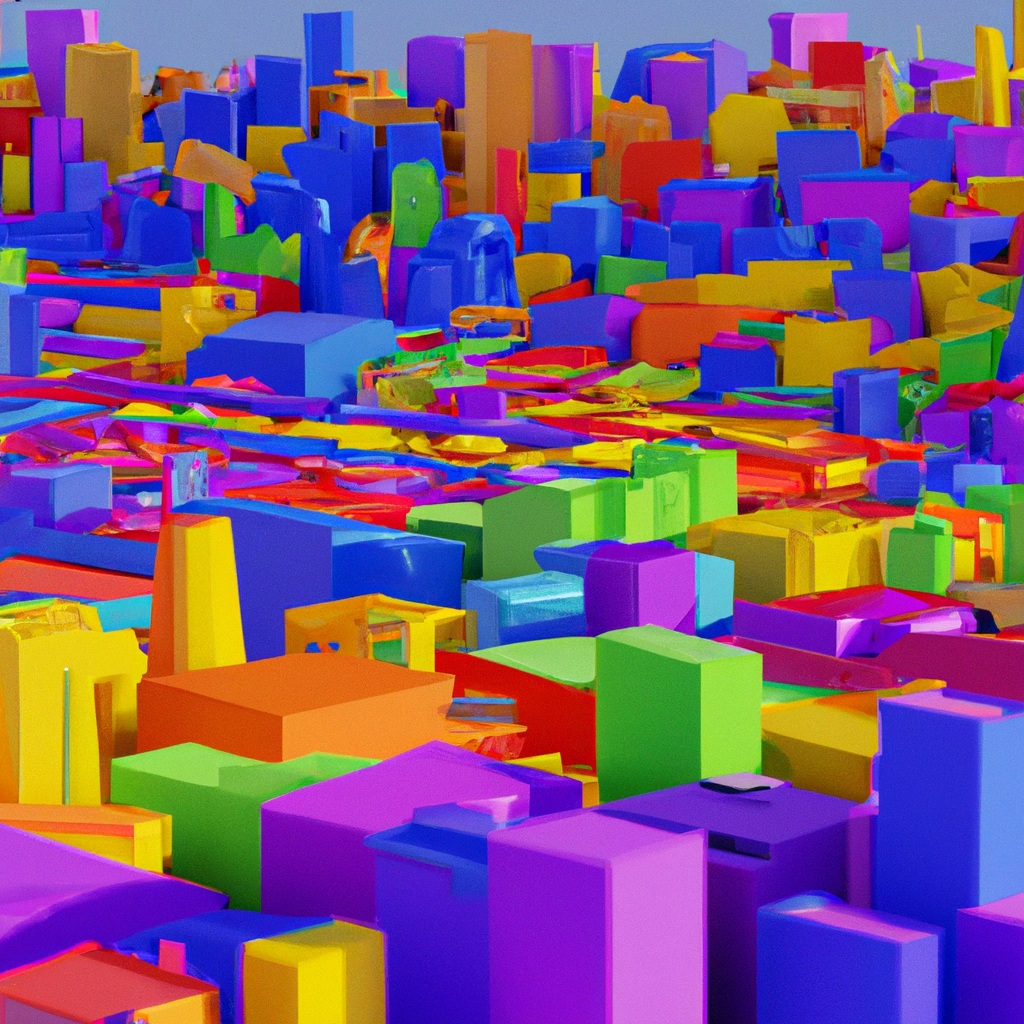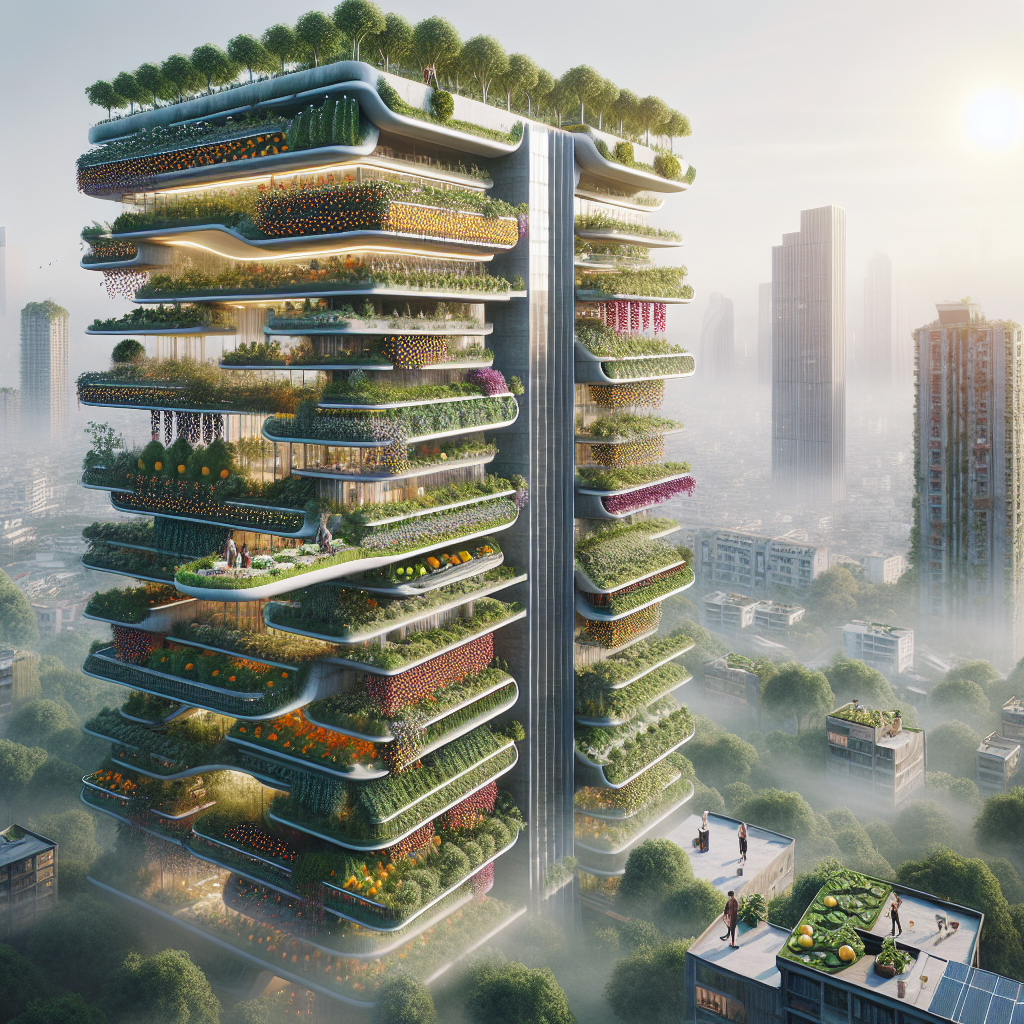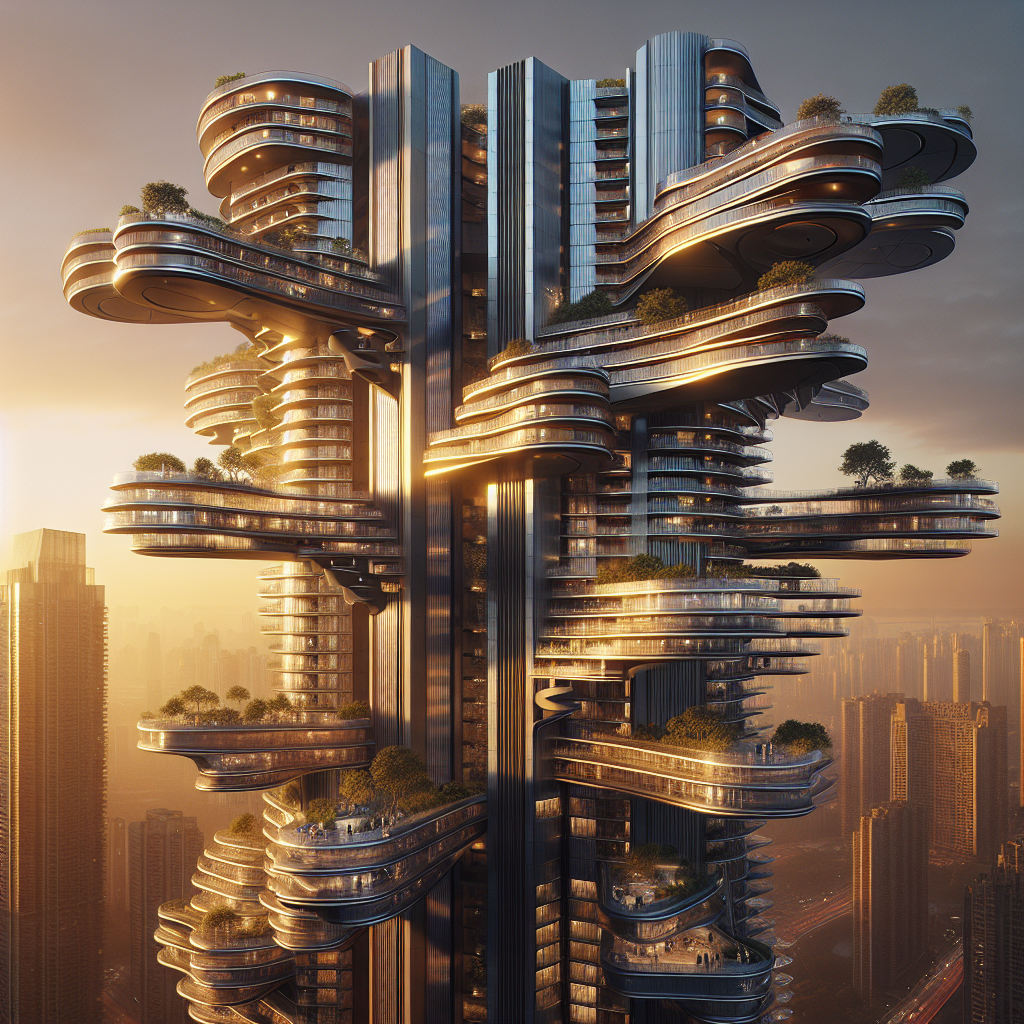Community-Driven Architecture: How Local Communities are Shaping the Design of Their Neighborhoods

Introduction
In recent years, the world has seen a growing interest in community-driven architecture, a practice that involves local communities in the design and planning of their neighborhoods. This approach prioritizes the needs and desires of the community, resulting in spaces that are more functional, sustainable, and reflective of the people who live there.
An example of Community-Driven Architecture
The Bo-Kaap Neighborhood, Cape Town
Another example is the development of the Bo-Kaap neighborhood in Cape Town, South Africa. The neighborhood’s historic architecture and vibrant culture were threatened by gentrification, but the community came together to preserve the area’s character and heritage. Through a series of meetings and consultations, the community developed a set of guidelines for new development that prioritize the preservation of existing buildings and respect the area’s cultural significance.
The Benefits of Community-Driven Architecture
Community-driven architecture is a powerful tool for creating spaces that are both functional and meaningful. By involving local communities in the design and planning process, architects and planners can create spaces that truly reflect the needs and desires of the people who will use them. This approach can also help build stronger communities by fostering a sense of ownership and pride in the built environment.
Conclusion
In conclusion, community-driven architecture is an innovative approach to designing and planning neighborhoods that prioritize the needs and desires of the local community. Through community engagement and consultation, architects and planners can create spaces that are not only functional and sustainable but also reflective of the people who live there. By involving the community in the design process, we can build stronger communities and create spaces that people truly love and enjoy.





